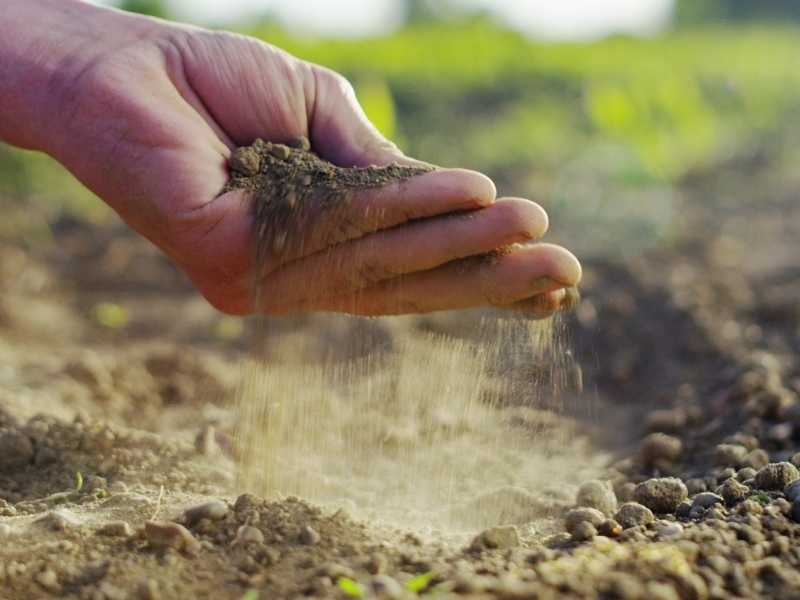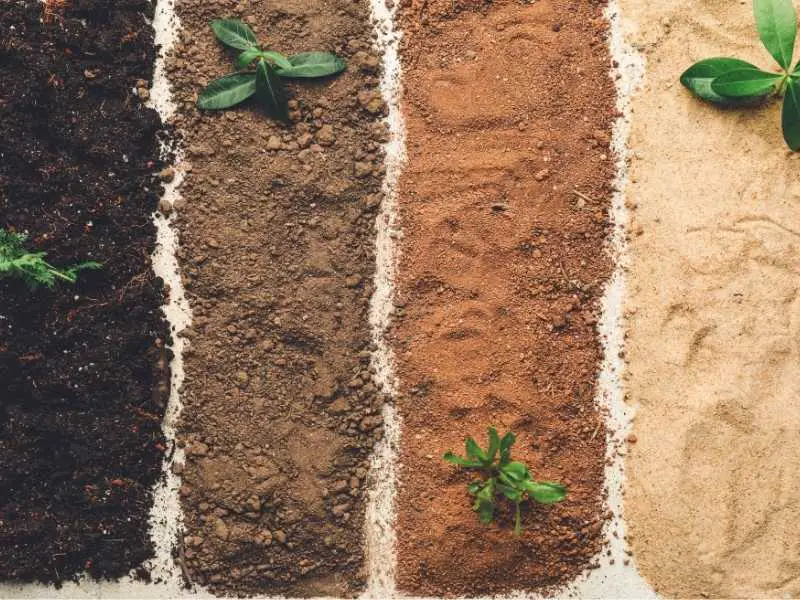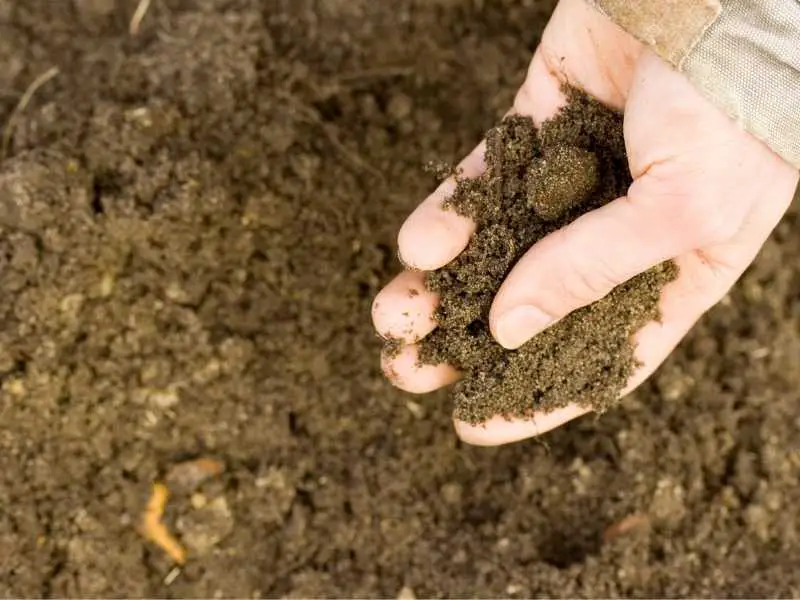There is always a base for anything. Like there is a base for humans from which they get their energy and can survive. The same goes for plants and vegetables. They also survive on a strong base. If the base is weak, the plant or anything you grow is going to be weak.
Every gardener knows the base for any plant is soil, whether it’s a vegetable, fruit, tree, shrub, or anything. This soil determines whether this particular plant or a tree will germinate or not. If yes, how it is going to grow? How much longer it will last? How it is going to survive. Whether it will get full potential or not.
Because all the basic sources and ingredients that a particular plant or a tree needs come from the soil. if the soil is not good, you know the results. Even all of the other efforts are in vain. So we are going to discuss whether sand for the garden soil is good or not. What are the pros and cons of it?

Why garden soil?
As we know soil is the very base for every plant or tree being planted. It is important to consider the soil. Its qualities. It’s nutrient availability and requirements. Also, it is important to note what its type is. How to increase its richness for plants etc?
When coming to gardening, the consideration for the garden soil should raise two folds. It is because, in commercial agriculture settings, there are wide areas, the soils vary and there is little or no effect on overall production and yield.
But coming to the garden, as gardening is not done on such a large scale, the consideration for the soil is more important. When people are spending money and time on such small spaces, they need to pay heed to the soil. Because it will ultimately decide the future of the garden.
Types of Soils for Gardens

Now as you know you need to pay attention to the soil of your garden. It is often discussed that is it good to have sand for garden soil or not. You must know the basic types of soil so that you should be able to decide which soil is important and best for your garden.
Clay soil
It is the heaviest type of soil. It usually remains cold in the summer, and it can hold onto the water. This soil is good for holding nutrients. Also, it is good for the plants and crops which need a good amount of water.
Loamy soil
It is considered the most fertile type of soil. it is usually a combination of three different soils, like silty, sand, and clay soils. It can hold nutrients and also has good air infiltration. Also, it can contain stones that can be unproductive for gardens.
Silty soils
It is more fertile soil than sandy one. It can become compact and hard. Also, it can form a crust as well. It is easy to work than clay soils.
Sandy soils
Sandy soils are light and gritty. It has large round particles. It can be low in nutrients and acidic in nature. Fertilizer can flow out of it. You need to mix the soils to work with sandy soils effectively.
Also, Read
How To Prepare Soil For Tomatoes In Pots
Sand for the garden soil, good or not?
As we have discussed already, sandy soils consist of grains. It is usually in a granular shape. Its color and texture will depend on the area where you live. Can vary from area to area. It consists of silica, calcium carbonate, and other different minerals. It has its benefits and disadvantages.
Actually, in the garden soil, the sand can be good, or it also can be bad. It depends upon several factors. As it contains a high concentration of large grains, it is considered poor soil for gardening. As it cannot hold the water, nutrients also flow through it.
Goodness in the garden soil depends upon several factors. Like the concentration of sand in the garden soil, texture and the color of the sand, etc. The sand is usually used in garden soils concerning the plants being planted, or the benefits intended from the soil.
It is considered good when mixed with garden soil. But every plant has its requirements, so you can mix it and make it good according to the needs and requirements of the plant.
Pros and Cons of Sand in the Garden Soil

As we all know there are two aspects to everything we use, say, do or think. The same goes for the sand. If mixed with the garden soil, it can be beneficial if it is according to requirements. Otherwise, you would not be able to enjoy the benefits of sand in the garden soil. It will turn into disadvantages.
There can be a lot of pros and cons of sand in the garden soil. we will discuss the crucial one here. It will help you in deciding whether you should add sand to the garden soil or not. If yes, how much of the sand?
Pros of Sand in Garden soil
Sand in the soil makes the germination of seeds easy. If mixed with proper proportion in the garden soil, it will be very helpful in getting the seeds germinated by yourself, rather than buying the plants. If there is sand in the garden soil it heats up faster than the normal garden soil.
This quality makes it ideal for growing seeds. As it speeds up the process of germination in the spring season.
Other types of soils may become hard. Tilling becomes different. As in the gardens we till the soil rather than using machinery. Sand in the soil makes the tilling easy. You can till the soil easily at the start of autumn or in the spring season.
Grain Advantages in Sandy Soil
As there are big grains in the sand, it keeps the airflow well. You know that the microorganisms like bacteria etc. live in such small spaces. This airflow helps them to grow and prosper. These organisms play important role in the nourishment of plants and trees.
Fertilizers react and give their result quickly in the soils where there is sand in greater proportion. Because there is good airflow and space for the water to solve and make fertilizer useful.
Also, the big grains in the sand make it porous. It helps in draining the excess water which is not required by the plants. You will be able to save your plants from water logging using sand. Because clay and other soils can get hardened and don’t allow excess water to pass.
Sand is easy to move around, so you can transplant the new plants easily. You can grow multiple types of vegetables, including root vegetables. Also, as the vegetables are harvested sand is easy to clean from the root vegetables. Because it doesn’t get stuck to the plant’s roots, and it is washed out easily.
Moreover, if some parts in your gardens are going dead, you can add sand as the repairing item. It helps in repairing the patches which are dying mainly due to soils reason. It creates a healing effect for the plants being planted.
Cons of Sand in the garden soil
There are a lot of benefits, which are connected to the sand in the garden soil. But there are some disadvantages, that sand possesses. If you don’t mix it in the right proportion, you will see the cons of sand in your garden soil. so beware of the following disadvantages.
The sand dries out very fast. If you have got sand in your garden soil, and you have got more proportion of it rather than it should be according to optimal. You will see that you will have to water the plants again and again.
It is because the grains of the sand are usually bigger than other types of soil. So when you water the plants in sandy garden soil, the water flows away easily. So the soil becomes dry.
Also, the sand has this clear and great disadvantage of fertilizers leaching out of it. You will the plants which are planted in sand need higher fertilizers. So, you will need a good fertilizer schedule for it. You will be revealed that scientists have developed such fertilizers that can be beneficial in the sand, and are easy to use.
Also, the sandy soil often becomes acidic. Either you plant those plants which can survive acidic soil, or you reduce them by different methods.
In short, the sand in the soil has more advantages than disadvantages. You should add sand to the soil while keeping in mind the characteristics of sand as well as the characteristics of the plant you are going to plant in that sand-mixed garden soil.
You May Also Like

